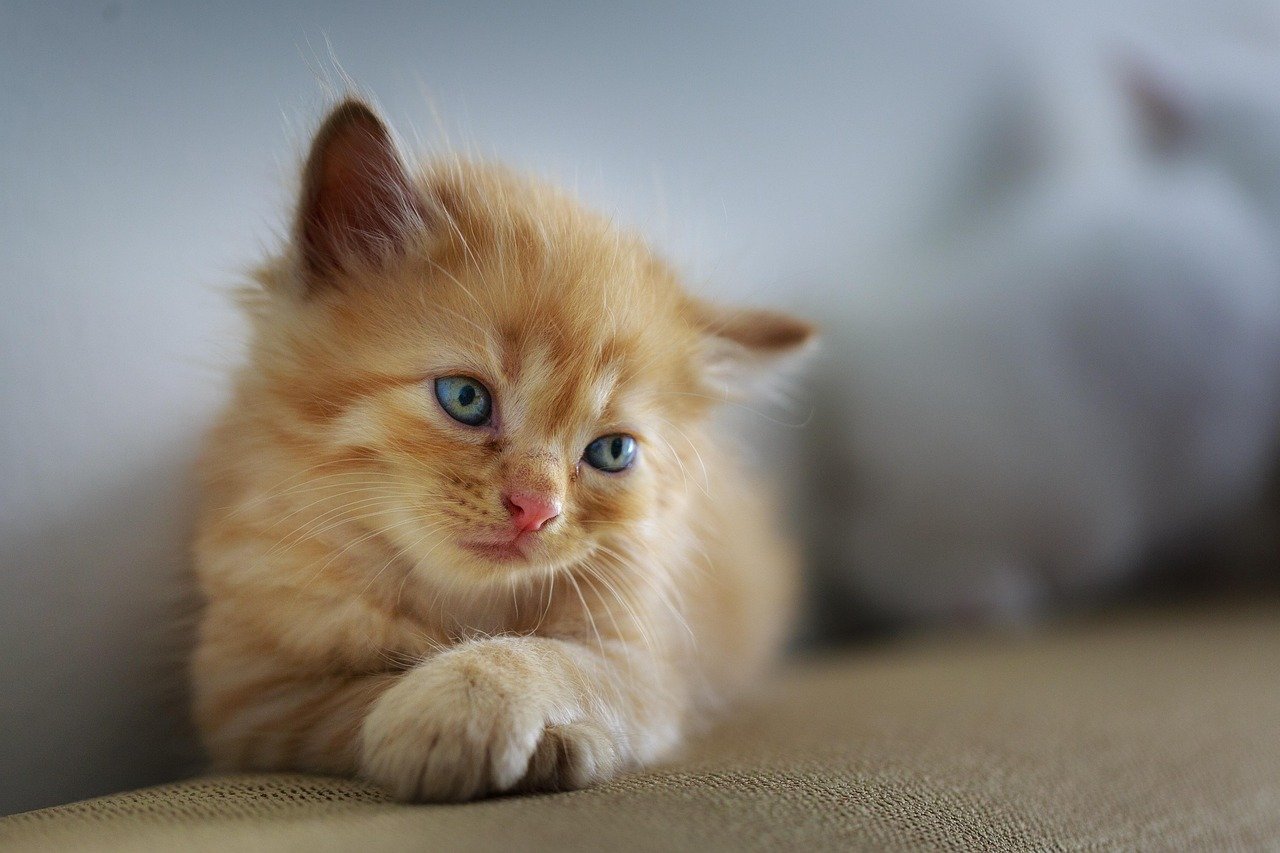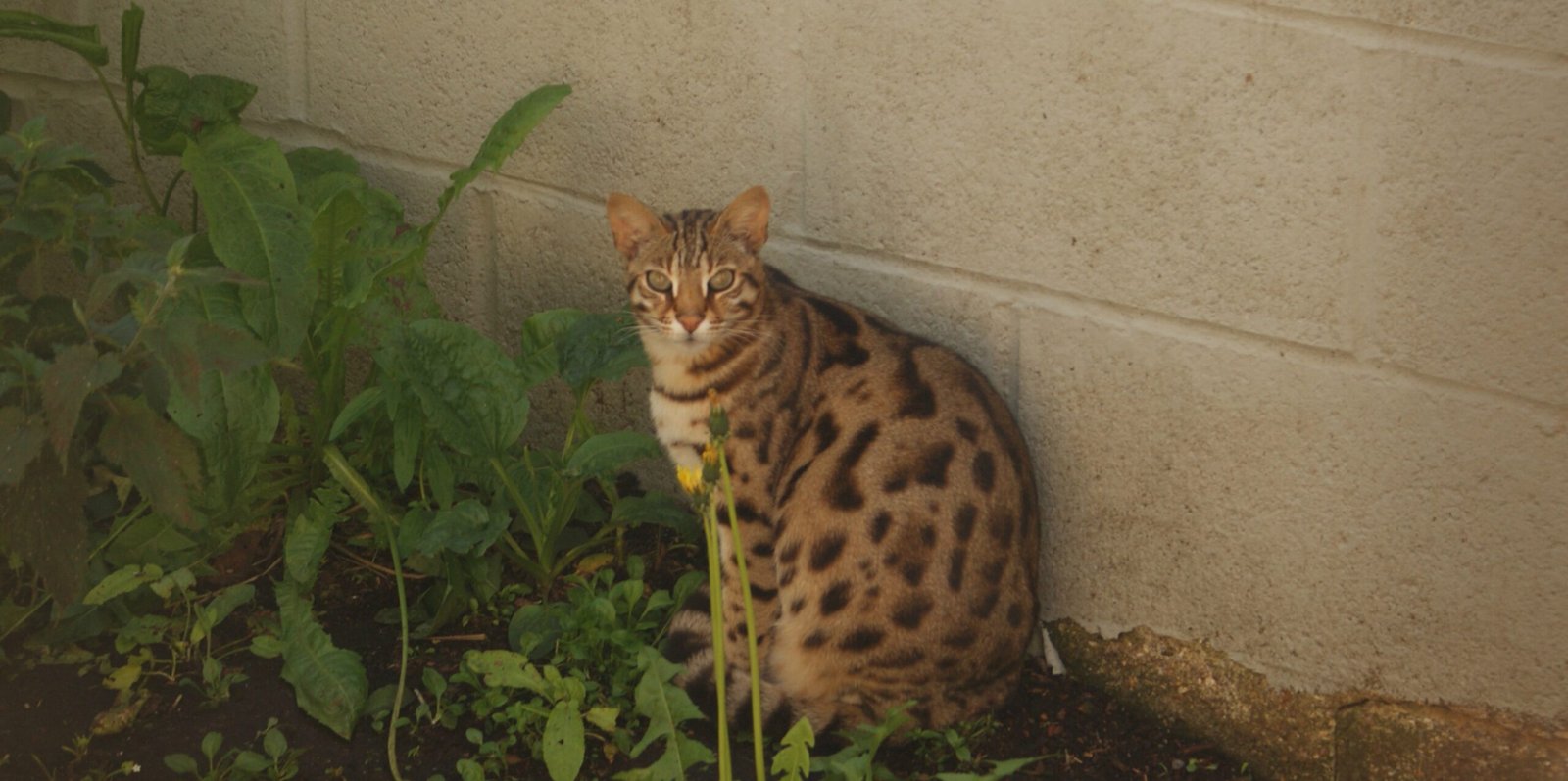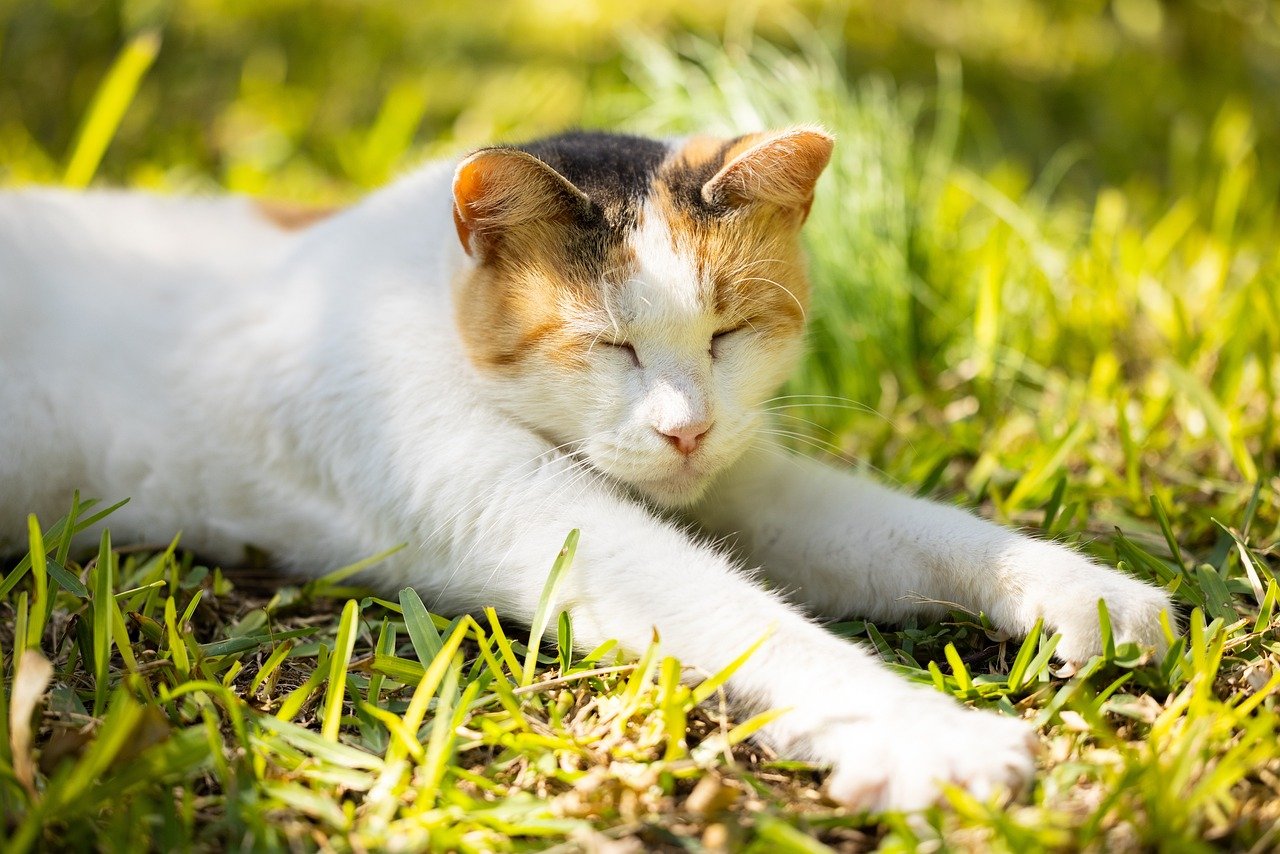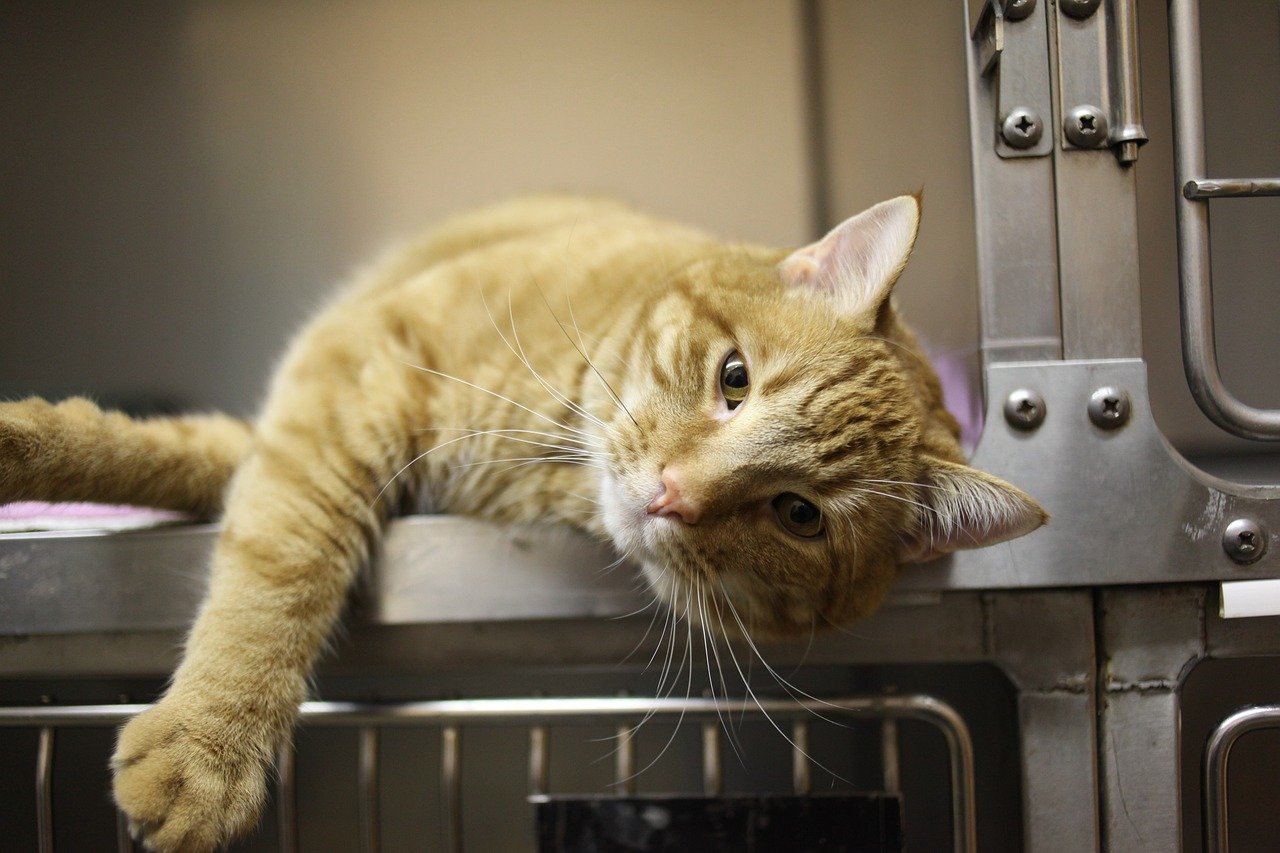Have you ever felt that stinging ache when your cat, once your loving companion, now avoids your touch or gaze? The silence, the distance—it’s enough to tug at anyone’s heartstrings. Mending a broken connection with your feline friend may seem daunting, but hope is never out of reach. Every cat lover has faced moments of tension or misunderstanding with their furry companion, yet with the right approach, it’s possible to rebuild trust and rediscover the magical bond you once shared. Let’s journey into the world of feline feelings and unravel the secrets to healing that precious cat-human relationship.
Recognizing the Signs of a Broken Bond

When the connection with your cat has been damaged, the signs can be painfully clear. You might notice your cat hiding more often, refusing to come when called, or even hissing if you approach. Sometimes, the change is subtle—like a lack of purring or a cold, distant stare. It’s important to tune into these signals and acknowledge them for what they are: your cat’s way of communicating that something isn’t right. Cats are sensitive creatures, and even small changes in their environment or interactions can have a big impact. By spotting the warning signs early, you take the crucial first step toward healing. Remember, your cat isn’t angry—they’re likely scared or confused, longing for reassurance.
Understanding Why the Bond Was Broken

A fractured bond can result from various situations, such as accidental rough handling, a loud argument nearby, or even the introduction of a new pet or person. Cats can hold onto negative emotions, especially if they felt threatened or unsafe. Sometimes, it’s a single incident that shakes their trust, while other times, gradual changes build up over time. It’s vital to reflect on recent events and think about what may have triggered the rift. This self-awareness isn’t about blaming yourself; it’s about understanding your cat’s perspective. By pinpointing the root cause, you’ll be better equipped to avoid repeating the mistake and demonstrate empathy toward your feline friend.
Rebuilding Trust One Step at a Time

Trust is the foundation of every meaningful relationship, including the one you have with your cat. Regaining it takes patience and gentle persistence. Start by giving your cat space—don’t force interactions or pick them up against their will. Let them come to you at their own pace. Sit quietly in the same room, offering a calm presence without demanding affection. Trust isn’t restored overnight, but every small, positive encounter counts. Celebrate tiny victories, like your cat choosing to sit nearby or accepting a treat from your hand. With consistent, gentle behavior, you’ll gradually become a source of comfort again.
Respecting Your Cat’s Personal Space

Cats are fiercely independent animals, and respecting their boundaries is crucial for rebuilding your bond. If your cat hides under the bed or avoids touching, resist the urge to chase after them. Instead, create safe, cozy spaces throughout your home where your cat can retreat and feel secure. Leave doors open and keep their favorite spots accessible. By honoring your cat’s need for privacy, you send a powerful message: you respect their feelings and autonomy. Over time, your cat will recognize that you’re not a threat, but a trusted companion who understands them.
Reintroducing Yourself Through Positive Associations

One of the most effective ways to mend a fractured bond is by associating yourself with positive experiences. Use treats, gentle play, or soft-spoken words to create good memories together. Whenever your cat comes near, reward them with their favorite snack or a soft stroke (if they allow it). You can even try feeding your cat by hand, turning mealtime into a bonding opportunity. Over time, your cat will begin to connect your presence with pleasant experiences, helping to erase the negative associations that caused the rift in the first place.
Using Play to Reignite Connection

Play is a universal language for cats, and it’s a fantastic way to bridge emotional gaps. Choose toys your cat loves—like feather wands, laser pointers, or crinkle balls—and engage in short, gentle play sessions. Let your cat take the lead, and never force them to participate. The goal is to show your cat that you’re a source of fun and joy. Play also relieves stress and builds confidence, helping your cat feel safe in your presence. As your cat begins to play with you again, you’ll notice their guard dropping and their affection returning.
Mending Through Gentle Touch and Petting

Physical affection can be healing, but only when given on your cat’s terms. Watch for signals that your cat is ready for touch—such as approaching you, rubbing against your hand, or purring softly. Start with gentle strokes on their favorite spots, like under the chin or behind the ears. Avoid any sudden movements that might startle them. If your cat pulls away, respect their wishes and try again later. Over time, these gentle interactions will help rebuild trust, reminding your cat that your touch means comfort and safety, not fear.
Communicating With Calm and Patience

Cats are incredibly sensitive to tone of voice and body language. Speak to your cat in soft, soothing tones, and move slowly around them. Avoid loud noises or abrupt gestures, especially if your cat has recently been frightened. You might even try reading aloud or humming gently while in the same room, letting your cat get used to your presence again. Patience is your greatest ally—never rush the process or expect instant results. Every calm interaction is like a brick in the bridge you’re rebuilding together.
Providing Predictable Routines

Cats thrive on routine and predictability. A regular feeding, play, and sleep schedule provides comfort and security, especially after a stressful event. Stick to consistent mealtimes, cleaning the litter box at the same time each day, and offering play sessions in familiar spots. This consistency reassures your cat that their world is safe and under control, helping them relax and open up to you once more. Like a comforting lullaby, routine soothes your cat’s nerves and invites them to trust you again.
Offering Quiet Companionship

Sometimes, the best way to heal a broken bond is simply by being present. Sit quietly near your cat without expecting anything in return. Read a book, watch TV, or work on your laptop while your cat rests in the same room. Your quiet companionship sends a gentle message: you’re here, you care, and you’re not going anywhere. Over time, your cat may venture closer, testing the waters. Celebrate these small moments of togetherness, for they are the seeds from which a renewed bond can grow.
Recognizing and Respecting Your Cat’s Unique Personality

No two cats are exactly alike—some are outgoing and affectionate, while others are shy or reserved. Understanding and embracing your cat’s unique temperament is key to repairing your relationship. Don’t compare your cat to others or expect them to respond in the same way. Instead, celebrate their quirks and preferences. Pay attention to what makes your cat happy, and tailor your approach accordingly. By honoring who they are, you show your cat that you accept and love them unconditionally, flaws and all.
Using Treats and Rewards Effectively

Treats can be a powerful tool for rebuilding trust, but they must be used wisely. Choose high-value treats that your cat adores, and offer them only during positive interactions. You might use treats to encourage your cat to come closer, or as a reward for calm behavior. Avoid overfeeding—too many treats can cause health problems. Instead, focus on quality over quantity, making each treat special. With patience, your cat will begin to associate you with tasty rewards and happy moments.
Addressing Fear and Anxiety in Your Cat

Fear is often at the root of a fractured bond. If your cat is anxious or easily startled, create a calm, peaceful environment. Use pheromone diffusers, soft music, or comforting blankets to ease their nerves. Avoid loud noises, sudden movements, or unfamiliar guests until your cat feels safe again. Sometimes, it helps to provide hiding spots or elevated perches where your cat can observe the world from a safe distance. By reducing stress, you make it easier for your cat to approach you and start healing the relationship.
Repairing After Unintentional Harm or Trauma

Accidents happen—maybe you stepped on your cat’s tail, dropped something near them, or startled them unintentionally. It’s natural to feel guilty, but remember that your cat can sense your emotions. Apologize with a soft voice, and give your cat extra space and time to recover. Avoid repeating the incident, and focus on rebuilding positive associations through gentle, consistent actions. With empathy and care, even the deepest wounds can begin to heal.
Engaging in Interactive Feeding

Turning mealtime into an interactive experience can help rebuild your bond. Try hand-feeding your cat small portions or using puzzle feeders that require your cat to work alongside you. This not only stimulates your cat’s mind but also creates opportunities for positive interaction. Feeding by hand can be especially effective for shy or anxious cats, as it builds trust and familiarity. Over time, these shared moments during meals can become treasured rituals for you both.
Incorporating Clicker Training for Confidence

Clicker training isn’t just for dogs—it’s an excellent way to build confidence and trust in cats, too. Use a small clicker and treats to reward positive behaviors, such as approaching you or sitting calmly. Training sessions should be short, fun, and pressure-free. This method gives your cat a sense of control and accomplishment, while also strengthening your connection. As your cat learns to associate you with positive experiences and rewards, their confidence in you will grow.
Creating a Safe and Stimulating Environment

A stimulating environment can do wonders for a cat’s mood and well-being. Provide scratching posts, climbing trees, and cozy beds in places your cat loves. Rotate toys regularly to keep things fresh and exciting. Make sure your home feels safe—keep dangerous objects out of reach, and minimize stressful changes. When your cat feels secure and entertained, they’re more likely to relax and approach you willingly, paving the way for a stronger, happier relationship.
Being Mindful of Body Language

Cats communicate volumes through body language. Pay close attention to your cat’s ears, tail, and posture. A relaxed, upright tail or slow blinking eyes are signs of trust, while flattened ears or a puffed-up tail signal fear. Respond to your cat’s cues accordingly—if they seem tense, back off and give them space. By respecting and mirroring your cat’s communication style, you show that you’re listening and care about their feelings. This mutual understanding is the cornerstone of any healthy relationship.
Knowing When to Seek Professional Help

Sometimes, despite your best efforts, the bond remains strained. If your cat shows signs of severe anxiety, aggression, or health issues, it may be time to consult a veterinarian or certified animal behaviorist. These professionals can help identify underlying medical or behavioral problems and provide tailored strategies for healing. Don’t be afraid to ask for help—sometimes a fresh perspective is all it takes to turn things around. Your willingness to seek support shows your deep commitment to your cat’s well-being.
Celebrating Progress and Staying Hopeful

Rebuilding a fractured bond with your cat isn’t easy, but every step forward deserves celebration. Notice and appreciate the small victories—whether it’s a gentle head bump, a soft purr, or simply sitting together in comfortable silence. Progress may be slow, but it’s always possible. Keep hope alive in your heart, and remember that your cat wants to love and trust you, too. With patience, kindness, and unwavering dedication, you can create a stronger, deeper connection than ever before.
Hi, I’m Bola, a passionate writer and creative strategist with a knack for crafting compelling content that educates, inspires, and connects. Over the years, I’ve honed my skills across various writing fields, including content creation, copywriting, online course development, and video scriptwriting.
When I’m not at my desk, you’ll find me exploring new ideas, reading books, or brainstorming creative ways to solve challenges. I believe that words have the power to transform, and I’m here to help you leverage that power for success.
Thanks for stopping by, Keep coming to this website to checkout new articles form me. You’d always love it!






